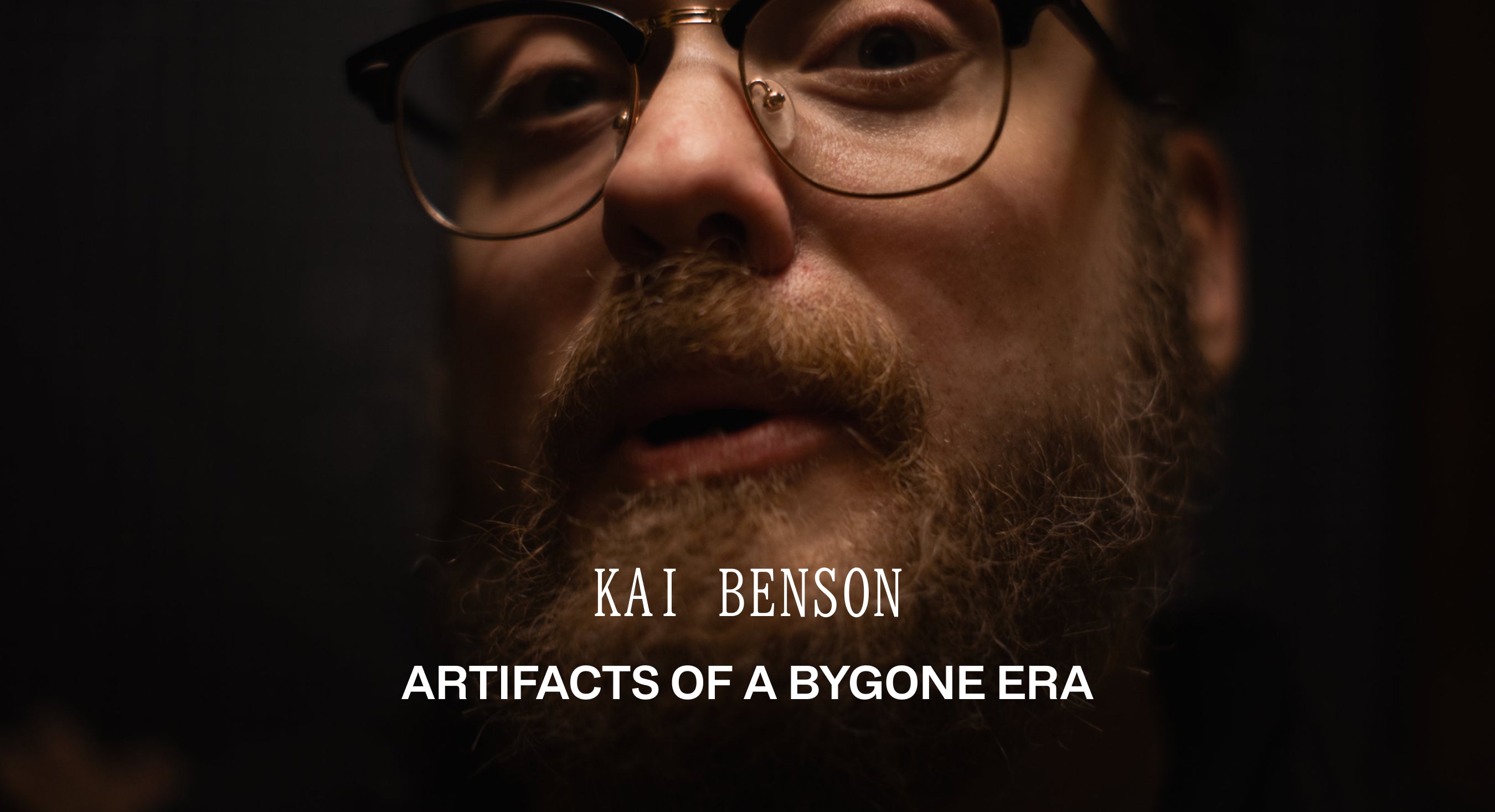
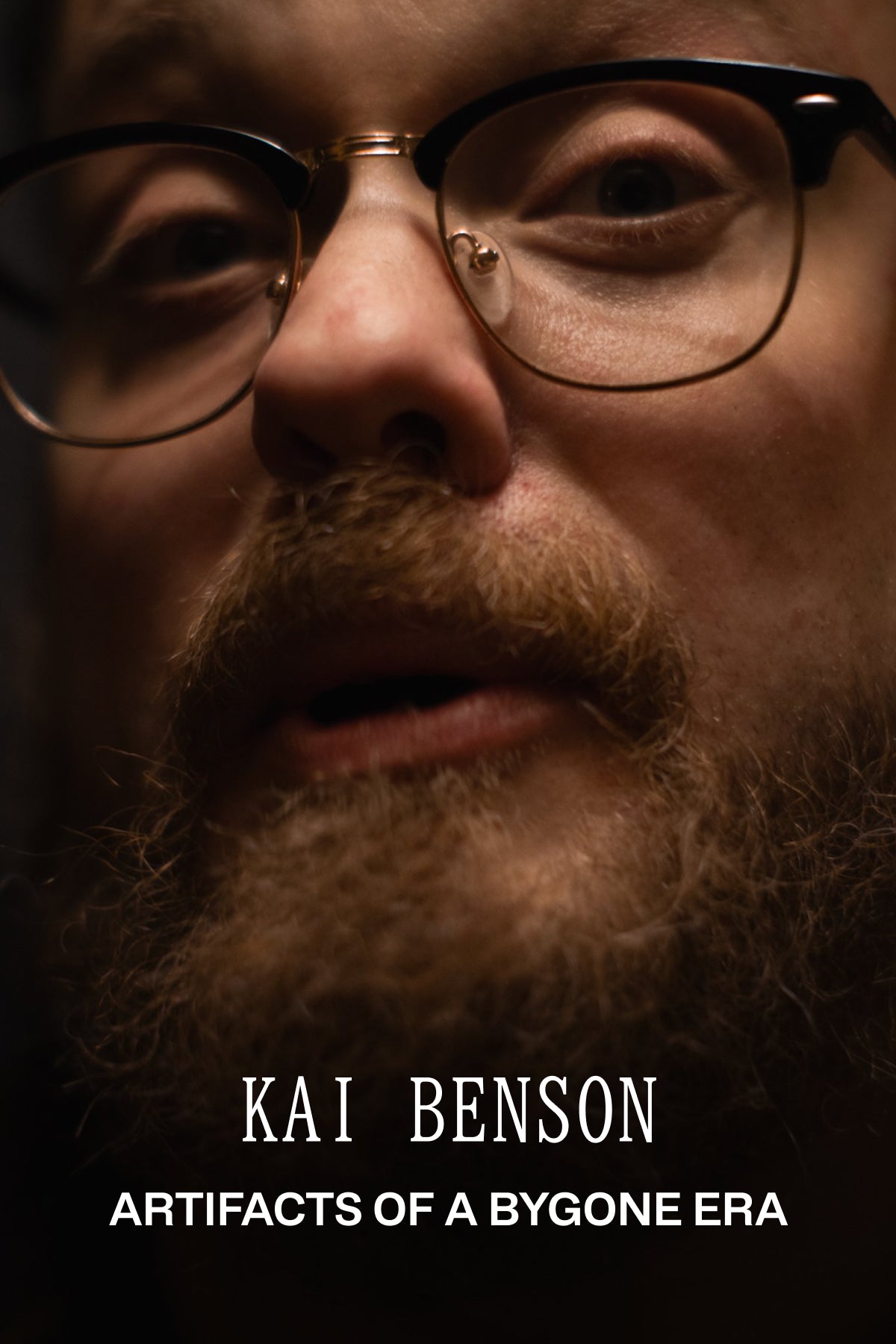
KAI BENSON DELVES INTO THE FORGOTTEN REMNANTS OF THE 20TH CENTURY. THE WORKS CARRY AN UNEXPECTED EMOTIONAL RESONANCE, CREATING A DIALOGUE BETWEEN NOSTALGIA, ABSTRACTION, AND THE FORGOTTEN ARTIFACTS OF A BYGONE ERA.
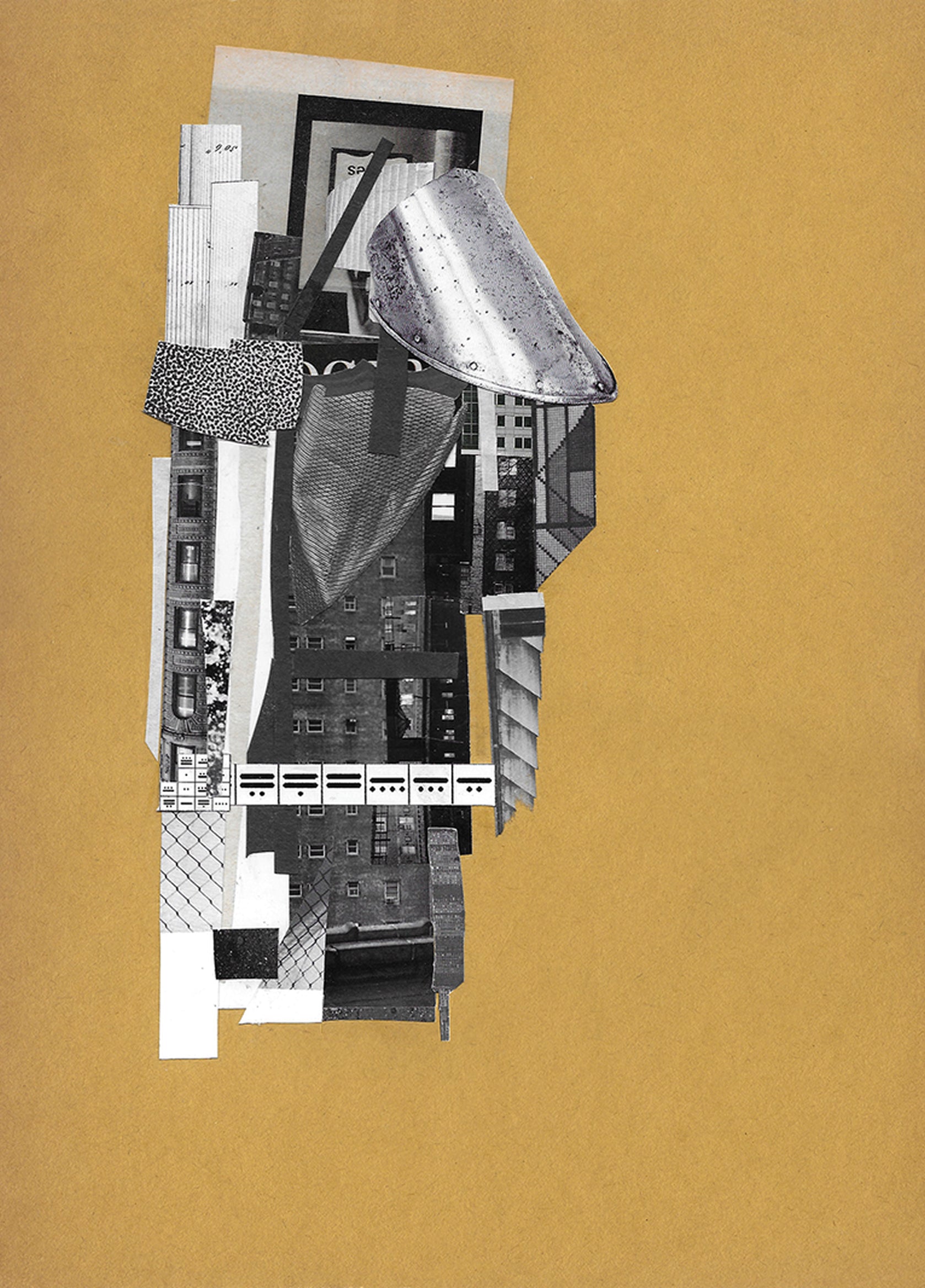
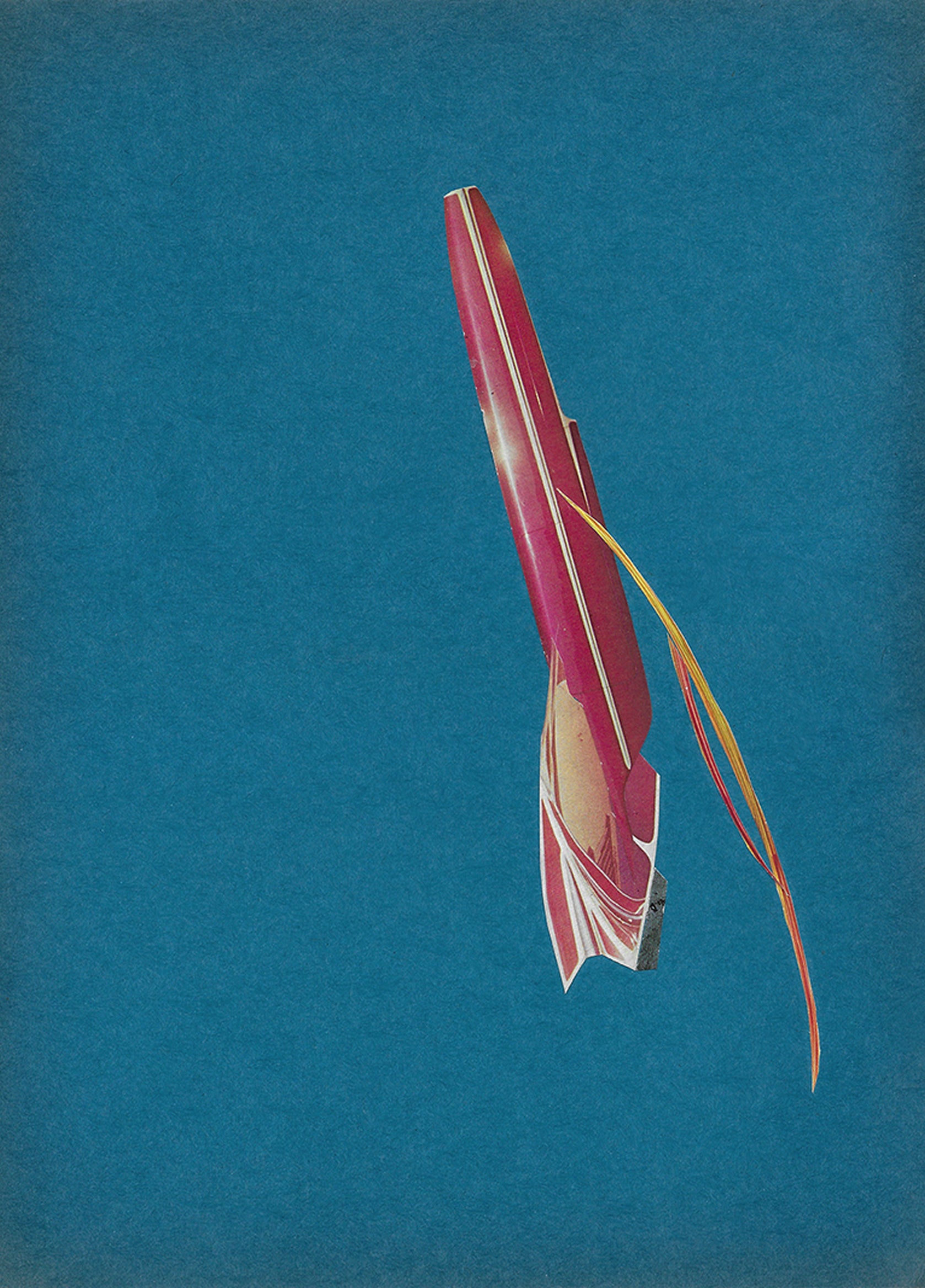

"I see things I’ve seen on Ayahuasca trips or these ancient truths that don’t have conceptual frameworks. My work is about those things."
Featured collection
-
Your Wake by Kai Benson
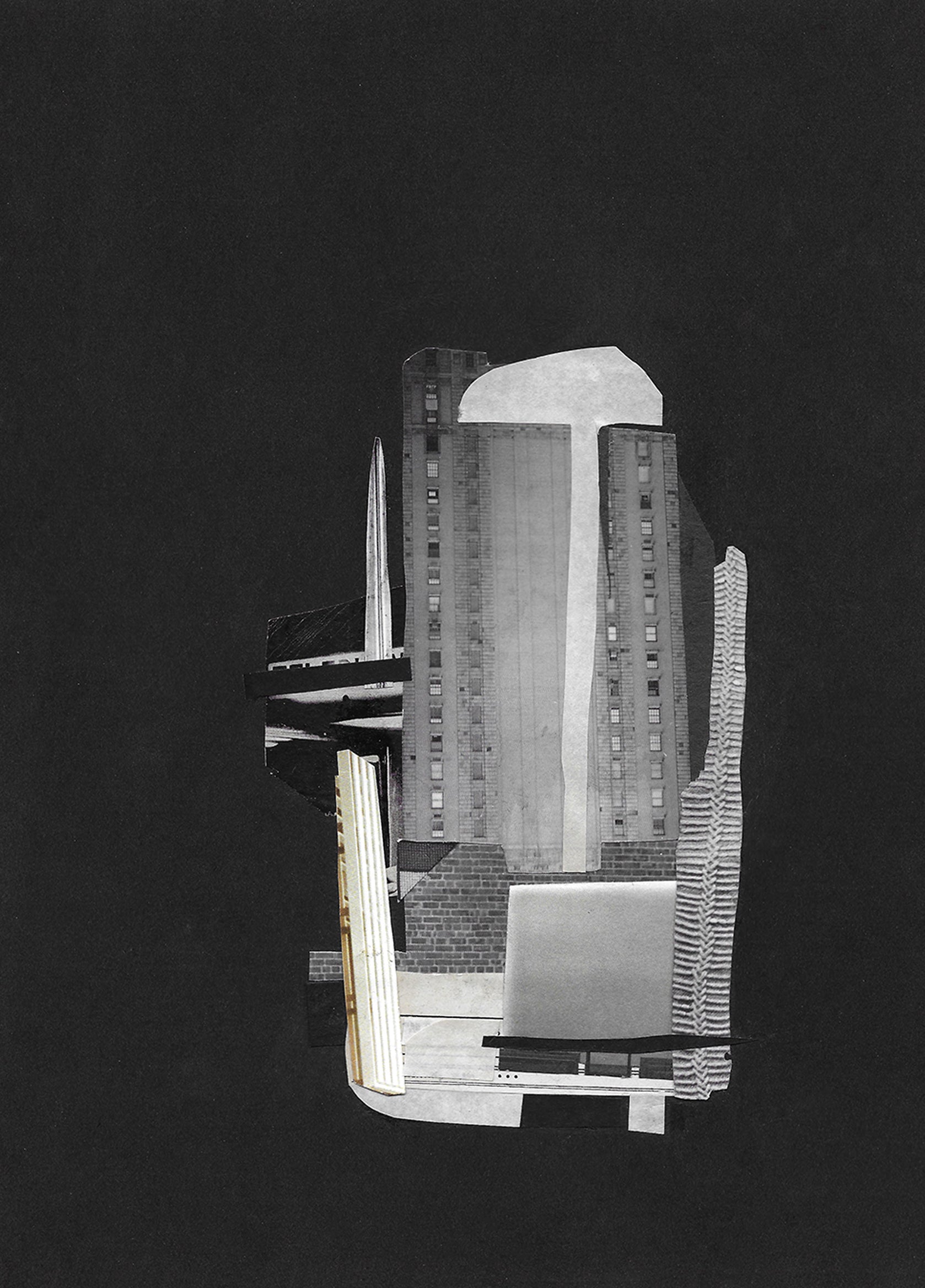 $400.00
$400.00 -
Whiskey Rich by Kai Benson
 $400.00
$400.00 -
Wasted Behavior by Kai Benson
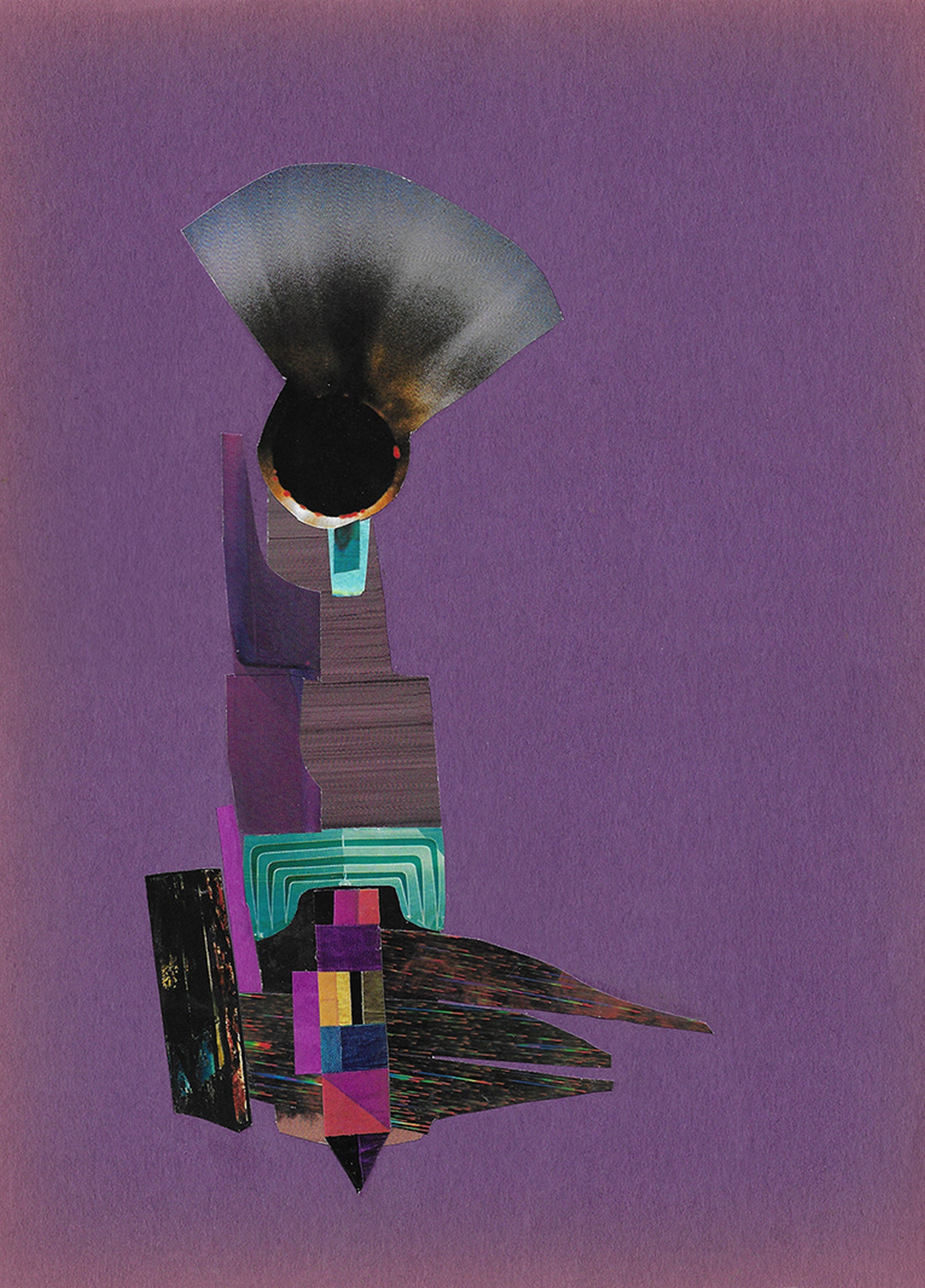 $400.00
$400.00 -
To the Quick by Kai Benson

Sold out -
Hooks for Hands by Kai Benson
 $400.00
$400.00
TELL: Cool, we’re rolling. Kai, why don’t you tell us a bit about yourself. How'd you get here? What’s your story?
Kai: laughs Probably should’ve thought about this before sitting down. Alright, so I grew up in the western suburbs here. Born and raised, never moved away. You want me to throw art in there too?
TELL: Yeah, definitely. We’re trying to connect your background, your upbringing with your artistic journey. What’s been the spark?
Kai: Okay, yeah. So, as a kid, I was always drawing. But then music kind of took over when I got older. I started playing in bands, and as the bands needed stuff (like posters and album art)I just started doing that too. And here we are, still doing the same thing, really. Art and music...it’s all kind of intertwined.
TELL: So, music was your gateway into art, in a way?
Kai: Yeah, totally. I loved visual arts, but when I started getting into music, it felt like the two worlds collided. I was still drawing and painting, but once the bands needed visuals, I just plugged in and started making posters, flyers, album covers. And it’s just evolved from there.
TELL: And Kinko’s was a big part of that early journey, right?
Kai: Oh, man. Kinko’s was everything. laughs I’d be in there at 2 AM making flyers, working on stuff for bands. It felt like this underground world. I even designed things for Muddy Waters, making menus at 3 AM. There’s something about being in that space late at night...it’s physical, raw. You don’t get that now.
TELL: That hands-on, tactile experience must’ve shaped how you approach your work now. Do you miss that?
Kai: Yeah, for sure. Everything’s so digital now. But back then, there was real struggle to get the right look. You had to be there, cutting things up, assembling it all yourself. I miss that. It was way more authentic, in a way.
TELL: You were balancing a lot back then...art, music, design. What was the scene like for you growing up?
Kai: It was weird. I grew up in Hopkins in the late '90s, and there was this little group of us. Doomtree guys were from there, and I met people I’m still working with today. We were going into the city for shows (punk, hardcore, that whole underground scene). That’s where I got my start.
Oh, man. Kinko’s was everything. laughs I’d be in there at 2 AM making flyers, working on stuff for bands. It felt like this underground world.
TELL: You were into the punk side more than, say, dance or rave culture?
Kai: Oh, yeah. I was deep in the punk scene. But I loved the energy from the dance music stuff too. Some of my first paying gigs were when I was 15, doing design for synesthesia. They paid me in fat pants and records—best payment ever.
TELL: That’s so true to the DIY punk ethos. But you were self-taught with design, right?
Kai: Yep, all self-taught. I took art classes outside of school, but design was all trial and error. I learned as I went along. I’d see something and just think, "I want to do that," and then figure out how.
TELL: That’s the best way to learn. How do you think that self-taught approach has affected your work now?
Kai: It’s definitely made me not follow a specific formula. I’m not trying to fit into any box. I just do my thing and see what happens. The collages I’m doing now? They’re all about getting lost in the process, not having a fixed idea of what it’ll be. It’s a flow state, you know?
TELL: It sounds like it’s all about the process for you, not about the end product. Do you go into it with a vision?
Kai: Nah, I don’t have a vision before I start. It’s more like, I get into the flow and let the piece build itself. I start cutting out things from old books or magazines and just play around with the shapes. Then, something clicks. It all comes together when it’s meant to.
TELL: That’s refreshing. And when people look at your work, do they connect with it on a personal level, like you do?
Kai: Yeah, exactly. The meaning comes after the piece is made. I love that people can look at something and see their own story in it. Everyone gets something different out of it, and that’s amazing to me.
TELL: It’s so much more powerful that way. When you don’t force the meaning. So you’re not really interested in showing your work in the traditional art world, right?
"Not at all. I’m not into the commercial side of things. I’m not trying to make money off it, and I don’t care about fitting into the art world’s framework.
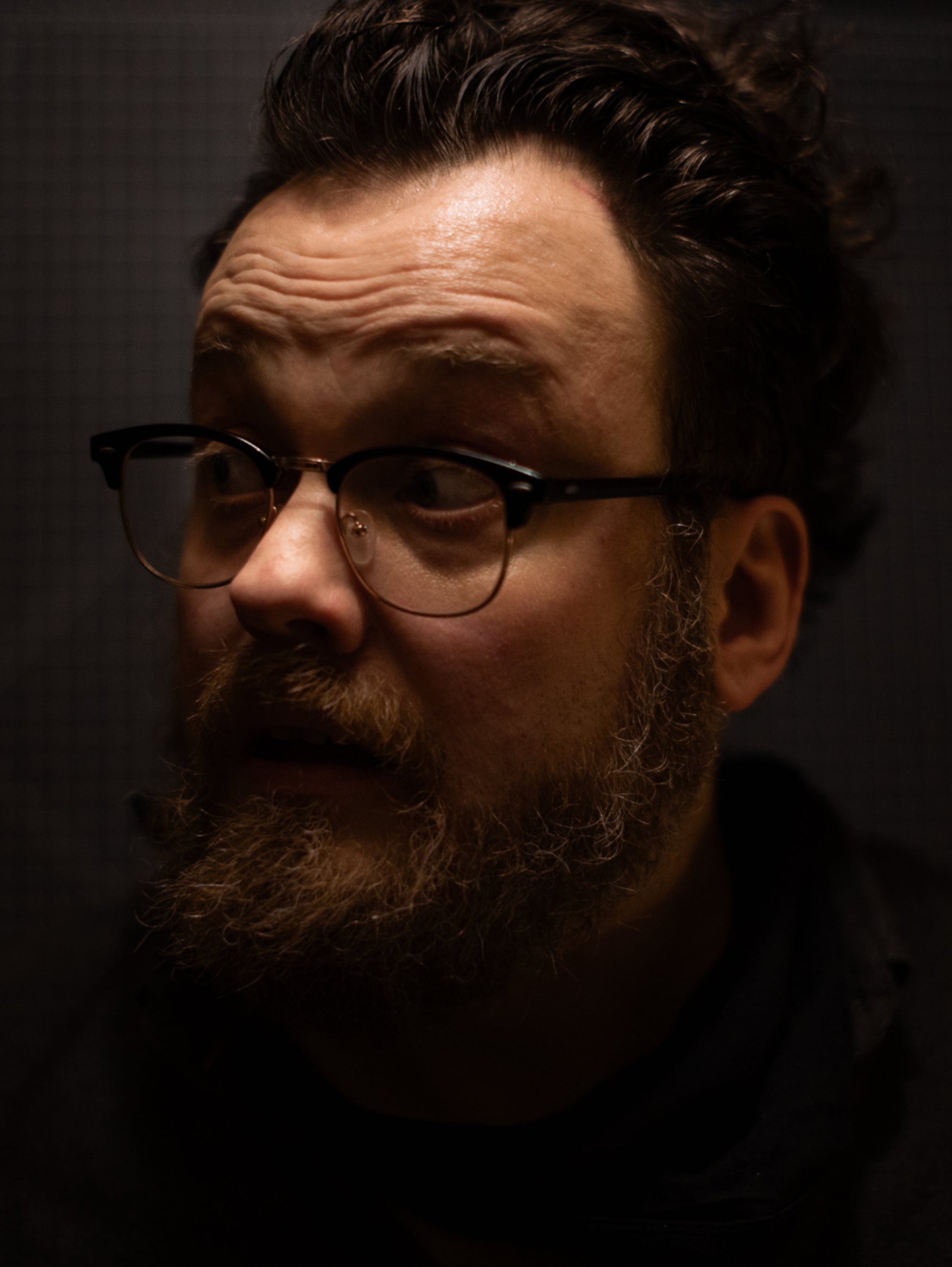
MEET KAI
KAI BENSON IS A MINNEAPOLIS-BASED ARTIST AND DESIGNER KNOWN FOR HIS ANALOG COLLAGE WORK, COMPOSED ON VINTAGE CONSTRUCTION PAPER USING OUTMODED PRINT MEDIA—RECORD SLEEVES, OLD SCIENCE BOOKS, AND OTHER EPHEMERA. HIS WORK TRANSFORMS THESE FRAGMENTS INTO IMPOSSIBLE IMAGES THAT ECHO THE DRIFTING FLOW OF HYPNAGOGIA. STRIPPED OF THEIR ORIGINAL CONTEXT, THE MATERIALS RECONFIGURE INTO STANDALONE COMPOSITIONS—PART DREAM, PART ARCHITECTURE.
HIS CREATIVE PATH BEGAN IN THE PUNK AND INDIE SCENES OF THE 1990S, MAKING XEROX FLYERS AND PIECING TOGETHER LAYOUTS FROM WHATEVER WAS ON HAND. OVER THE YEARS, HE’S MOVED THROUGH MINNEAPOLIS’S INDEPENDENT MUSIC SCENE AS BOTH A VISUAL ARTIST AND MUSICIAN—DESIGNING FLYERS, POSTERS, AND ALBUM COVERS WHILE ALSO PERFORMING, PRODUCING, AND DJING.
Learn more:
KAI BENSON
TELL: So you’re not driven by showing your work or seeking validation?
Kai: Exactly. I’m happy making it for myself. But, honestly, some people around me, like Joe, keep pushing me to show it, because they think it’s too good to stay hidden. And I guess I see that, but it’s never been the motivation for me.
TELL: Do you think that motivation to show your work will ever change?
Kai: I think it could. Maybe. But right now, it’s about doing what feels right. It’s not about the validation. The validation I get from the people I respect—that’s enough for me. I just want to create.
TELL: You’ve mentioned before that your work feels more at home in non-traditional spaces. Why is that?
Kai: Traditional galleries just don’t feel right for my stuff. The work needs context. It needs to be in a space that has warmth, something that matches the vibe of the work. It’s not just about the white cube space; it’s about the environment that surrounds it.
TELL: That’s a good point. So you’d rather see your work in a more unconventional setting?
Kai: Yeah, definitely. When I walked into this space, it threw me off at first, but it felt right. It made me appreciate the work I’m doing. There’s a familiarity to it, and that’s what makes it feel genuine.
TELL: And how does the digital space fit into all of this? Do you see yourself merging your work into a more digital or multimedia realm?
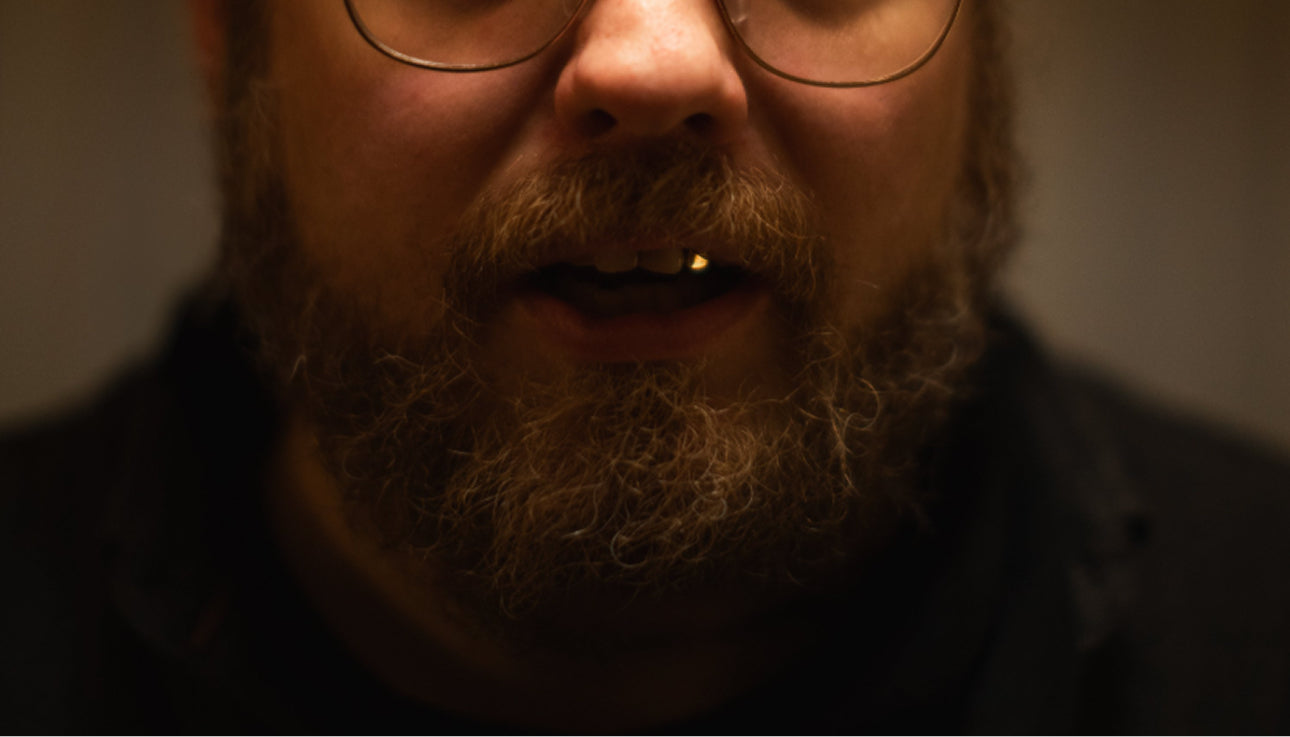
Kai laughs...I’m kind of waving goodbye to the digital world, to be honest. I get what’s happening, but I’m okay with it. I still love my analog stuff.
Kai: laughs I’m kind of waving goodbye to the digital world, to be honest. I get what’s happening, but I’m okay with it. I still love my analog stuff. But I do think there’s room to explore digital, just for the sake of exploring it. I’m into old computer graphics and collaging them with new stuff. So maybe down the line, there’ll be a place for it.
TELL: It’s funny—some of your pieces look so technological, but they’re made in such a tactile way. Like they’re made by hand but feel almost futuristic.
Kai: Yeah, I get that. They definitely have a mechanical quality to them. It’s funny, though—I don’t want to overwhelm people with big, flashy works. I like things that are digestible, like a good episode of a show. I’m not interested in making something that’s hard to grasp.
TELL: So what’s next for you? More experimentation with scale? Or do you plan to stick with the size you’ve been working with?
Kai: I’m open to experimenting with scale. Right now, I mostly work in smaller formats—8x10, 9x12. But I’ve done bigger pieces, like 12x18. I’d definitely be down to try something larger, but I wouldn’t want to just blow up something to poster size. I’d have to process it and make it meaningful first.
TELL: Would you consider your work ever going into a more functional realm? Like, working with textiles or creating something that could be used in someone’s home?
Kai: Absolutely. I’ve been thinking about that. I’ve been doing paintings that could easily translate into different materials. And I’ve worked on some public art installations already. So yeah, I’d be down to see my stuff live in other forms.
TELL: Sounds like you’ve got some exciting things in the works. Where do you see your work going in the next few years?
Kai: I’m not sure, honestly. I’m just following the flow. But I do know I’ll keep experimenting, keep creating for the love of it. And if it connects with people, that’s a bonus.
TELL: That’s what it’s all about. Keep doing what feels right. Thanks for sharing your process with us, Kai.
Kai: Anytime. I’ll send you voice memos all day if you want! laughs
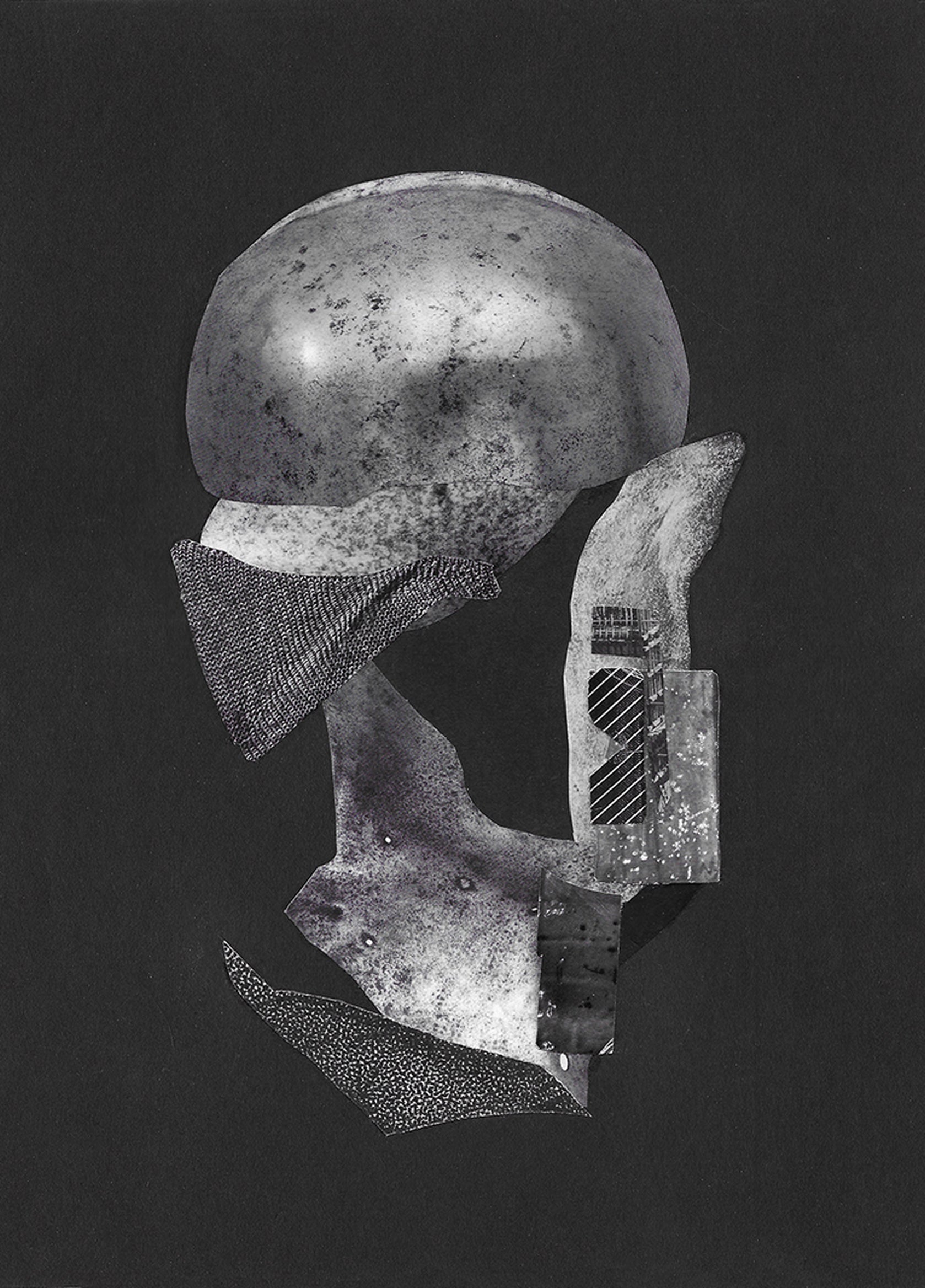
PAST HAPPENING
NOISE BANK by KAI BENSON
In Noise Bank, Kai Benson constructs analog collages from vintage media—record sleeves, science books, discarded magazines, and other printed ephemera. Stripped of context, these materials are transformed into impossible structures that hover between logic and dream.
Instead of leaning on nostalgia, the work channels the drifting flow of hypnagogia, where familiar fragments assemble and shift into images that are uncanny and charged with emotion.


